Gabrielle Chanel: Fashion Manifesto at the V&A
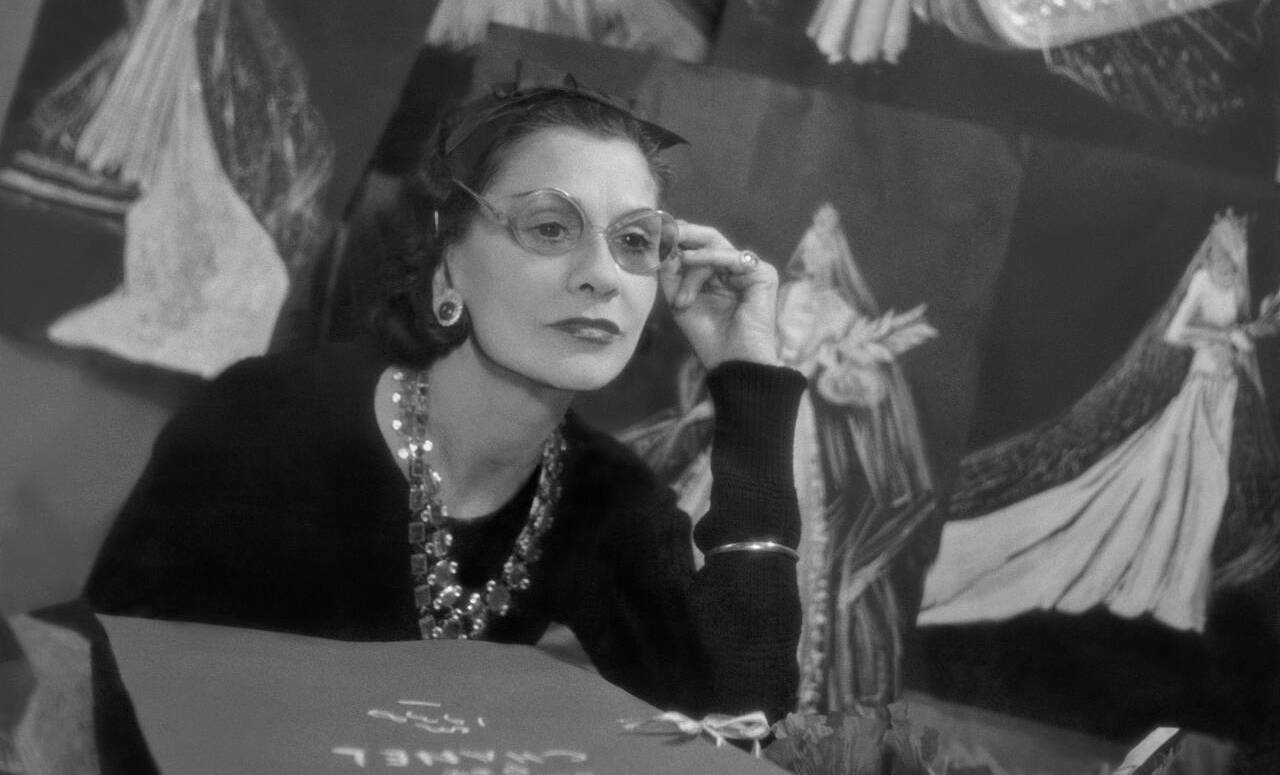
After their hugely successful Dior and Alexander McQueen retrospectives, the V&A’s latest fashion blockbuster is all about Chanel, the first exhibition in the UK to be entirely dedicated to the couturière. It builds on a show that was held in Paris, although this is bigger, with over 400 objects across ten rooms.
The space is enrobed in glossy blacks and soft ivories, in homage to the brand’s penchant for the monochromatic. It begins with a timeline of Gabrielle Chanel’s life, a print of her industrious hand and a fantastically enigmatic portrait by Horst P Horst. The first garment on display is 1916’s Marinière Blouse, one of her earliest surviving pieces. She used fine-gauge silk jersey, previously only used for underwear and stockings and the design is inspired by the shirts worn by fisherman. In reaction to the excessively decorated and restrictive fashions of the day, Chanel’s designs were minimalist and elegant, allowing for ease of movement, inspired by menswear and sporting clothes. She opened her first boutique in Rue Cambon in Paris in 1910 and her designs were instantly popular with wealthy women.
Having learnt to sew from the nuns in the orphanage her itinerant father placed her and her sisters in after her mother’s death when Gabrielle was 11, she climbed further through the ranks of French and English society than anyone could have predicted. Her innovations in design and fabrics changed the way women dressed and continue to influence fashion today. In 1930, the writer Colette described Chanel’s “intense, meticulous and exacting” working methods; according to one panel. “Chanel works with her ten fingers, with her nails, with the side of her hand, with the palms, with pins and scissors, right on the garment, which is a white vapour of long folds, splashed with crushed crystals.” This work ethic is shown throughout this meticulous exhibition. There is a wealth of research on every aspect of Chanel’s life and career.
Each room feels like an event, the lighting bringing the best out of the garments, from the 1920s silk dropped waist dresses to the advent of the “little black dress” to the room full of evening dresses, leisurely shimmering in dim gold light. A bright white room charts the evolution of the “invisible accessory”, Chanel No 5, and the subsequent beauty ranges. There is something so charming and evocative about historical beauty tinctures, being as they are less likely to survive through history than clothes. She wasn’t only a designer but a canny operator in branding, providing the blueprint for many other fashion houses.
Chanel’s fantastical costume jewellery simmers in situ: large crosses with paste jewels, imitation pearls, a stunning collar. A central room is devoted to the inimitable Chanel tweed suit with over 50 different incarnations. A concealed chain in the hem of the jacket ensured that it always hung correctly on the body.
The designer’s personal life may not have been something to celebrate – she had an affair with a Nazi officer during the Second World War, something the show doesn’t ignore (although it does counter that with new claims that she also worked for the French Resistance) – however, you can’t fault this exhibition. It’s difficult to quantify how much the freedom to move changed women’s lives. Chanel succeeded in presenting the same freedom the men had to women in a desirable and alluring way. As journalist Prudence Glynn wrote in 1971, “She did not evolve. Rather fashion evolved around her.”
This show is already a moment. It is sold out until the end of the year and enthusiasts are being told at the packed gift shop to limit their purchases of the tote bag to three per person, and it hasn’t even opened yet.
Jessica Wall
Gabrielle Chanel: Fashion Manifesto is at the V&A from 16th September until 25th February 2024. For further information visit the exhibition’s website here.

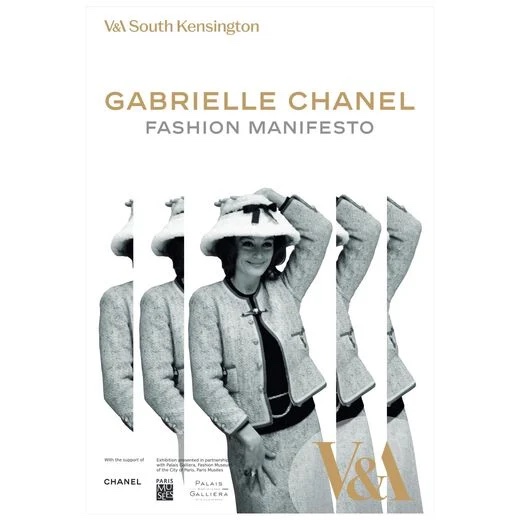








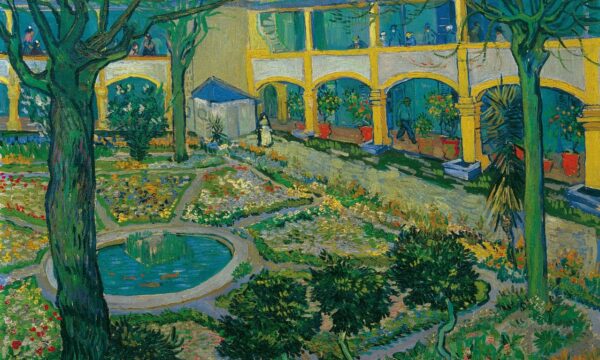
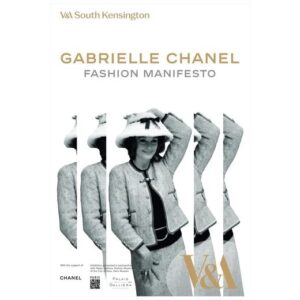

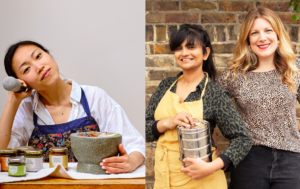
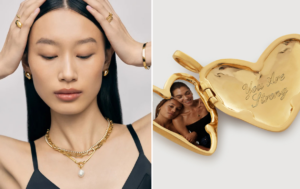
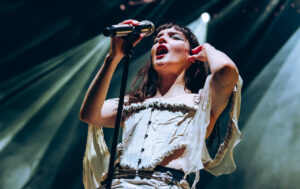
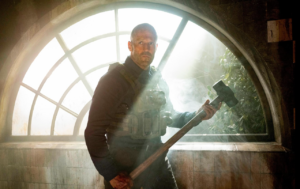




Facebook
Twitter
Instagram
YouTube
RSS